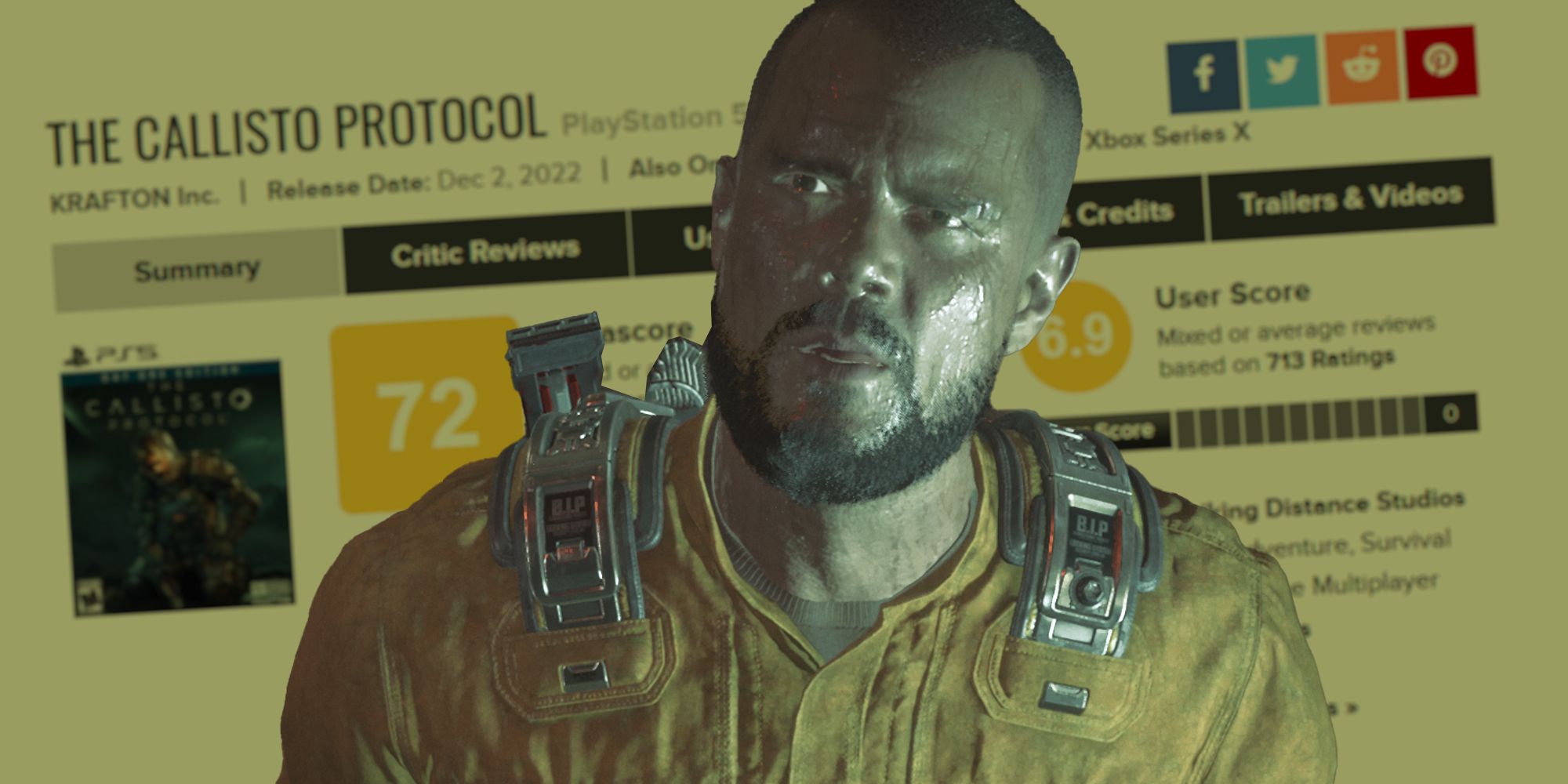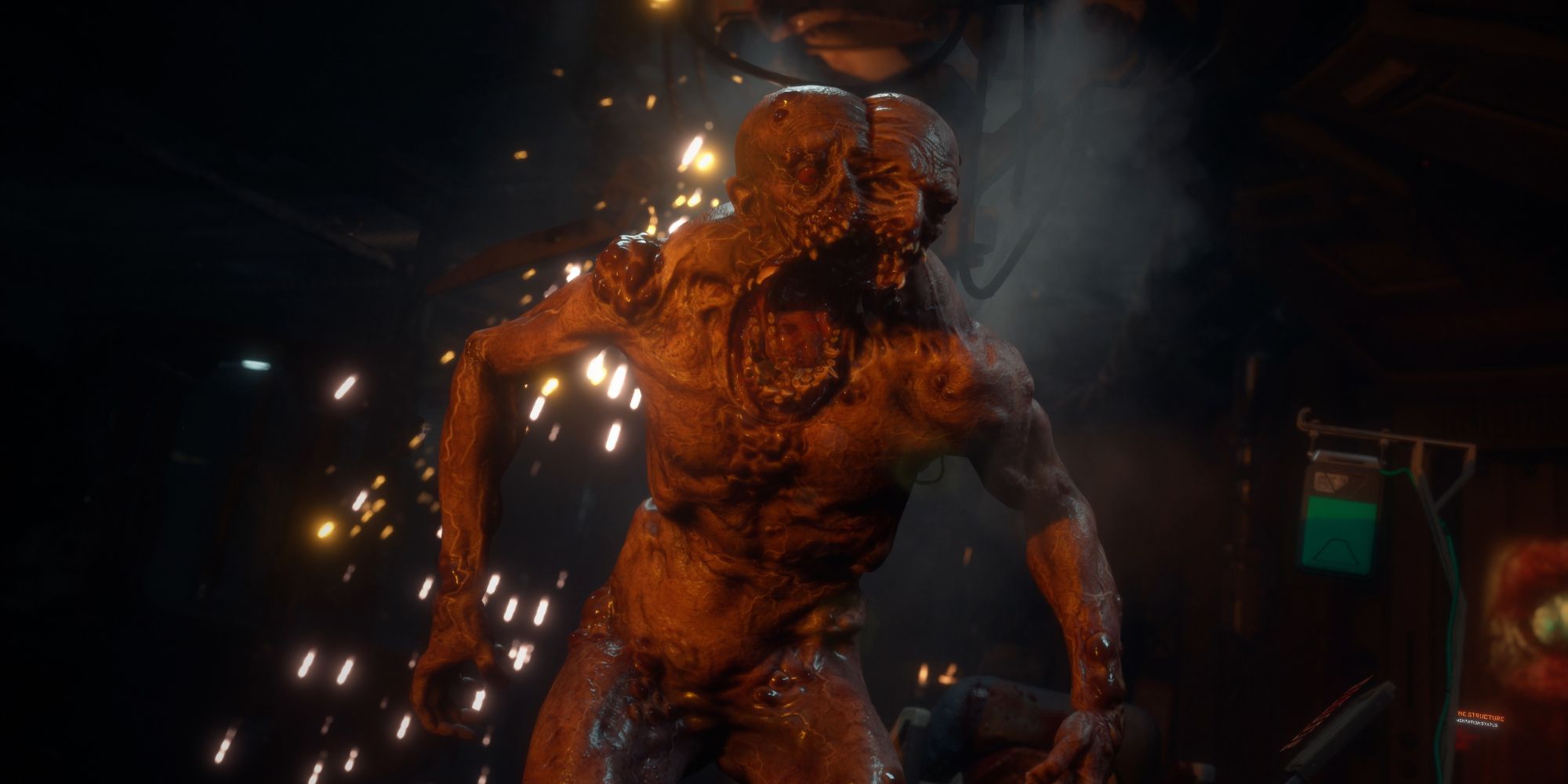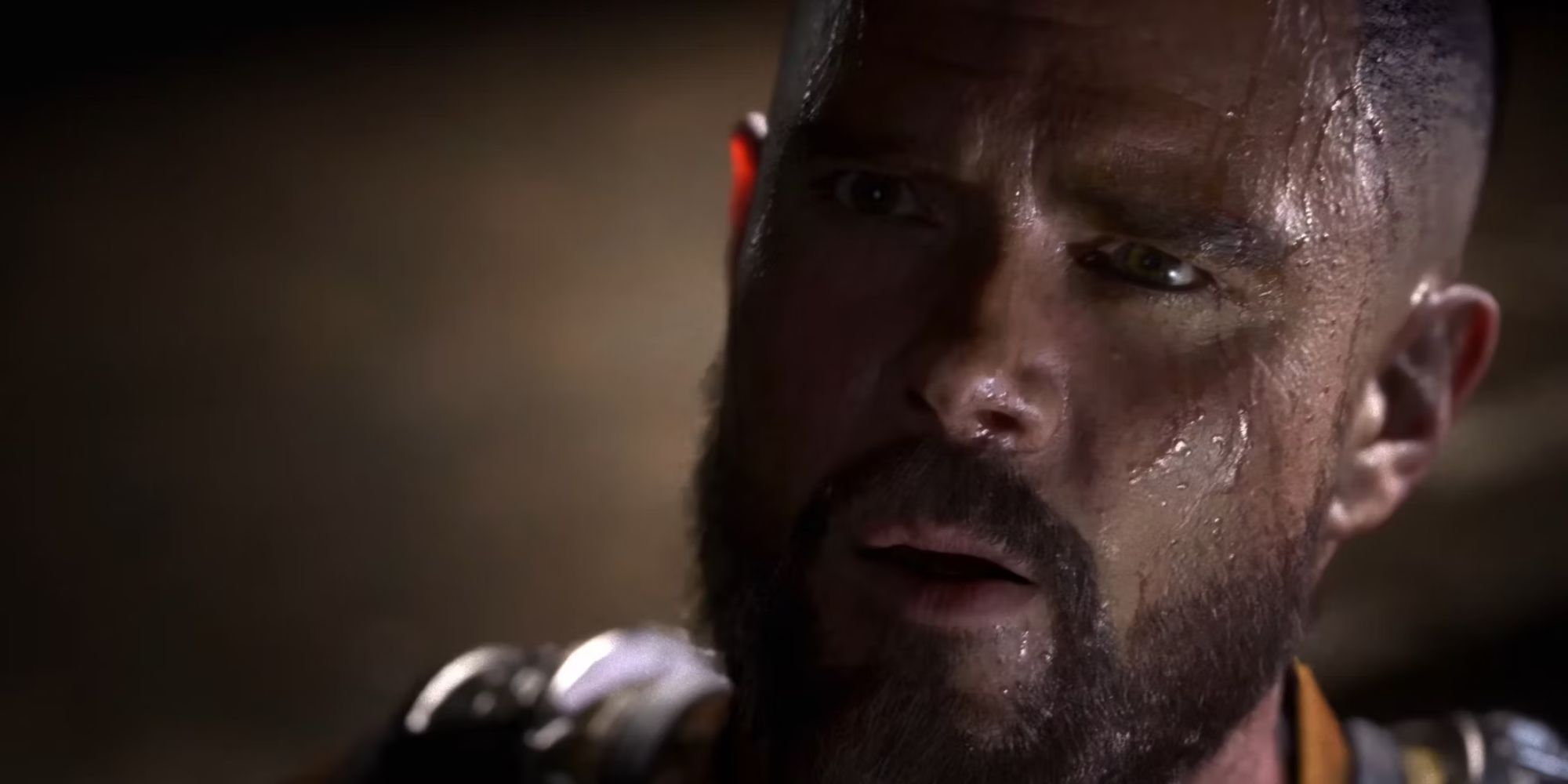The Callisto Protocol has had a mixed reception. Though the game has received some positive reviews, mine for TheGamer was not one of them. On Steam, too, the Striking Distance title debuted to Mostly Negative user reviews, which have now leveled out to Mixed.
The negative critical reviews and the negative player reviews are, to an extent, hitting the game from different directions. Aside from some minor bugs — like getting caught on level geometry after a boss fight and having to redo it, and audio clipping out in a certain spot in a level — the game ran perfectly on my PS5. PC players, meanwhile, encountered a major stuttering issue at launch that tanked the game's frame rate. Regardless of the reasons, The Callisto Protocol isn't quite the second coming of Dead Space that many players hoped for.
But, as one of the reviewers who found the game technically impeccable, but creatively bankrupt, I'm a little surprised at myself. The Callisto Protocol is exactly what a large subset of single-player video game fans, including myself, have wanted for years. Who wouldn't want to play a new game from the creators of Dead Space with the level of graphical fidelity and audio design triple-A developers can achieve in 2022?
A few years ago, there was a fair amount of discourse in online gaming circles about whether the single-player game was dying and/or dead. At the time, it felt like every big triple-A game was headed toward some kind of endless monetization scheme. Crystal Dynamics was moving on from the single-player Tomb Raider franchise to make a live-service Avengers brawler. WB Montreal was moving on from Batman: Arkham Origins to develop the co-op Gotham Knights. MachineGames and Arkane followed up their stellar 2017 single-player releases — Wolfenstein 2: The New Colossus, Dishonored: Death of the Outsider, and Prey — with Wolfenstein: New Blood, Deathloop, and the upcoming Redfall, all multiplayer games.
There was reason to think we were nearing the end of the triple-A (exclusively) single-player game as a commercially viable product. But, then, a lot of those games touted as the inevitable future of the medium did poorly, critically and commercially. The GaaS ecosystem is crowded and, even for a hugely popular IP like Avengers from an established dev like Crystal Dynamics, it can be tough to win players over.
So, despite some silly monetization, The Callisto Protocol should be a breath of fresh air. It's linear, not open-world. It's lean, only taking about 12 hours to complete. It's focused, and doesn't have a bunch of extraneous mechanics, like crafting or RPG-style loot and equipment. And, it's exclusively single-player. It checks all the boxes.
But, I think it has served to highlight something that should be obvious: a game can be bad, even if it’s your kind of game. Though bloated feature lists have encouraged us to falsely equivocate bigger with better, the inverse — that smaller is better — isn't necessarily true. The Callisto Protocol was a failure in large part because it provided no sense of exploration. The level design is so narrow that it’s impossible to get lost, or stumble upon something that other players might not see. It is so focused, so railroad straight, that it can’t provide any real surprises.
Though I’ll remain a champion of linear, focused, single-player games, The Callisto Protocol has hammered home that a game can be too linear, too focused. A game doesn’t need to have room for an open-world or a dozen extraneous systems. But, it does need to have room for discovery.



